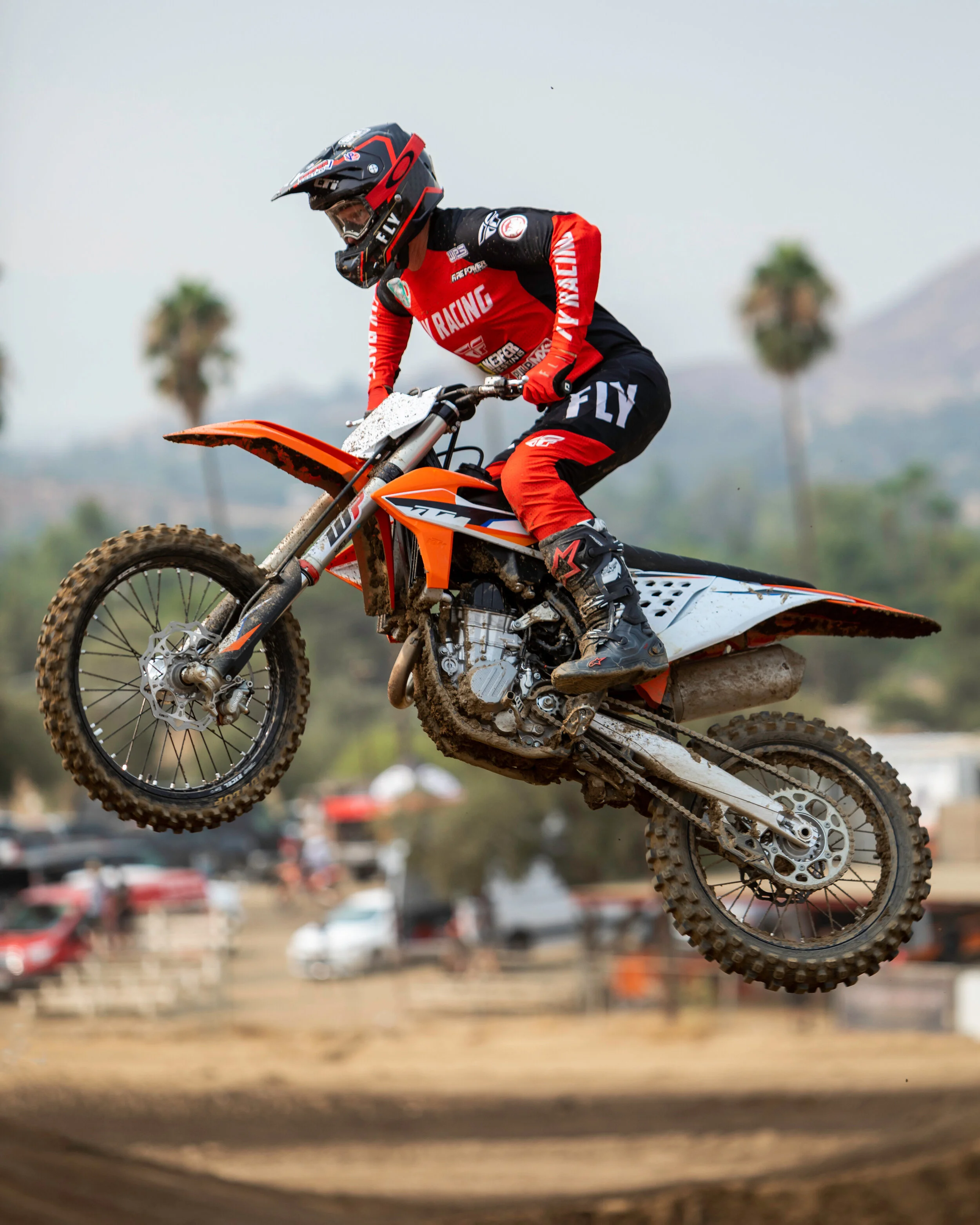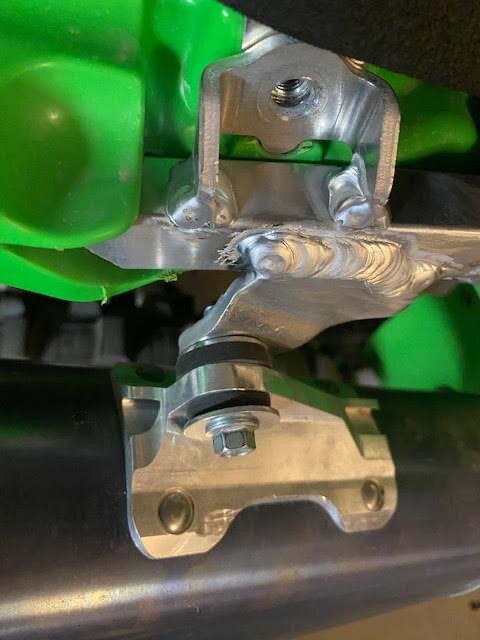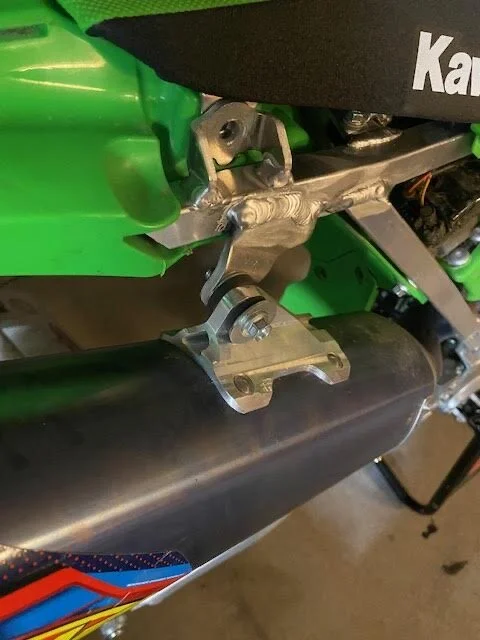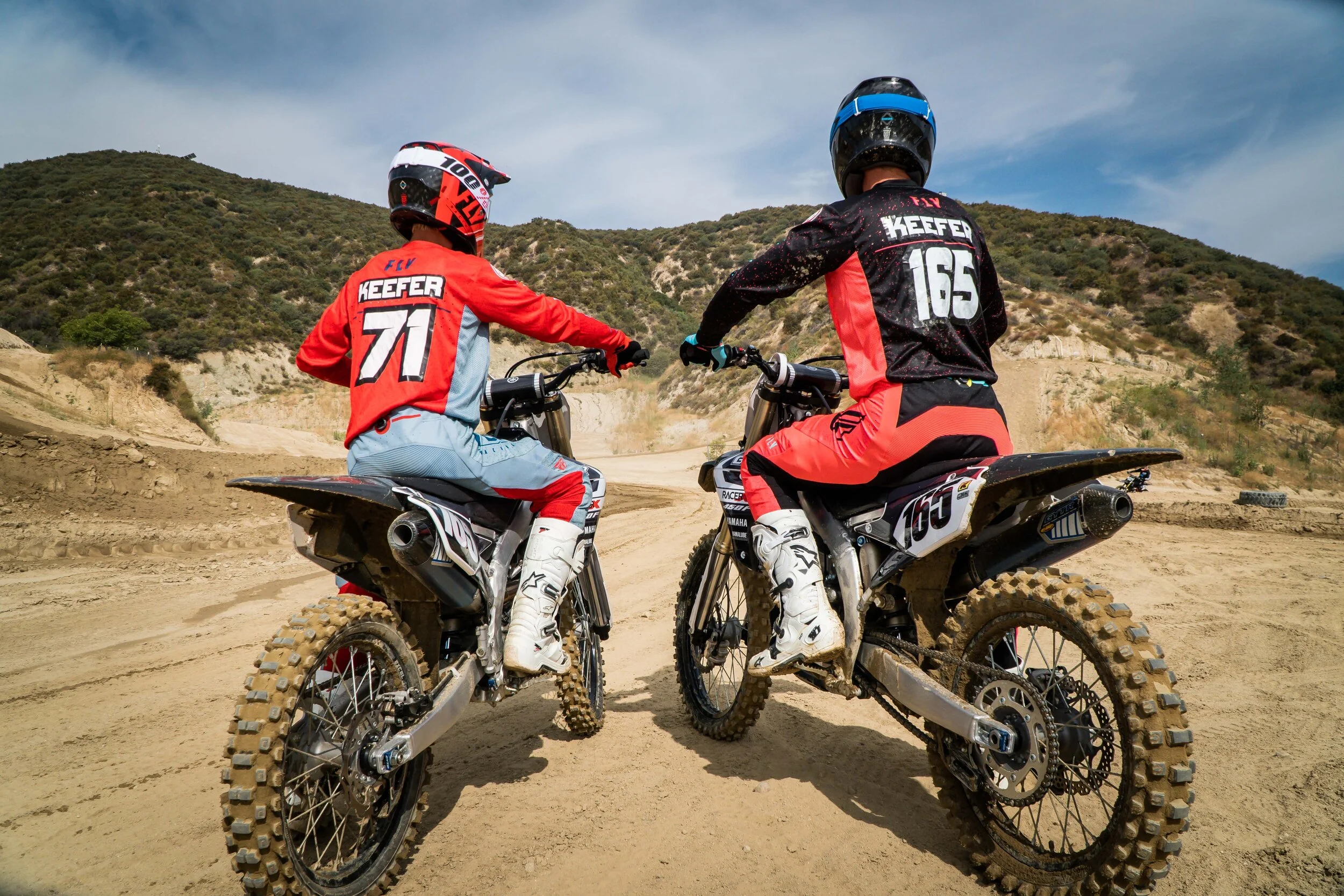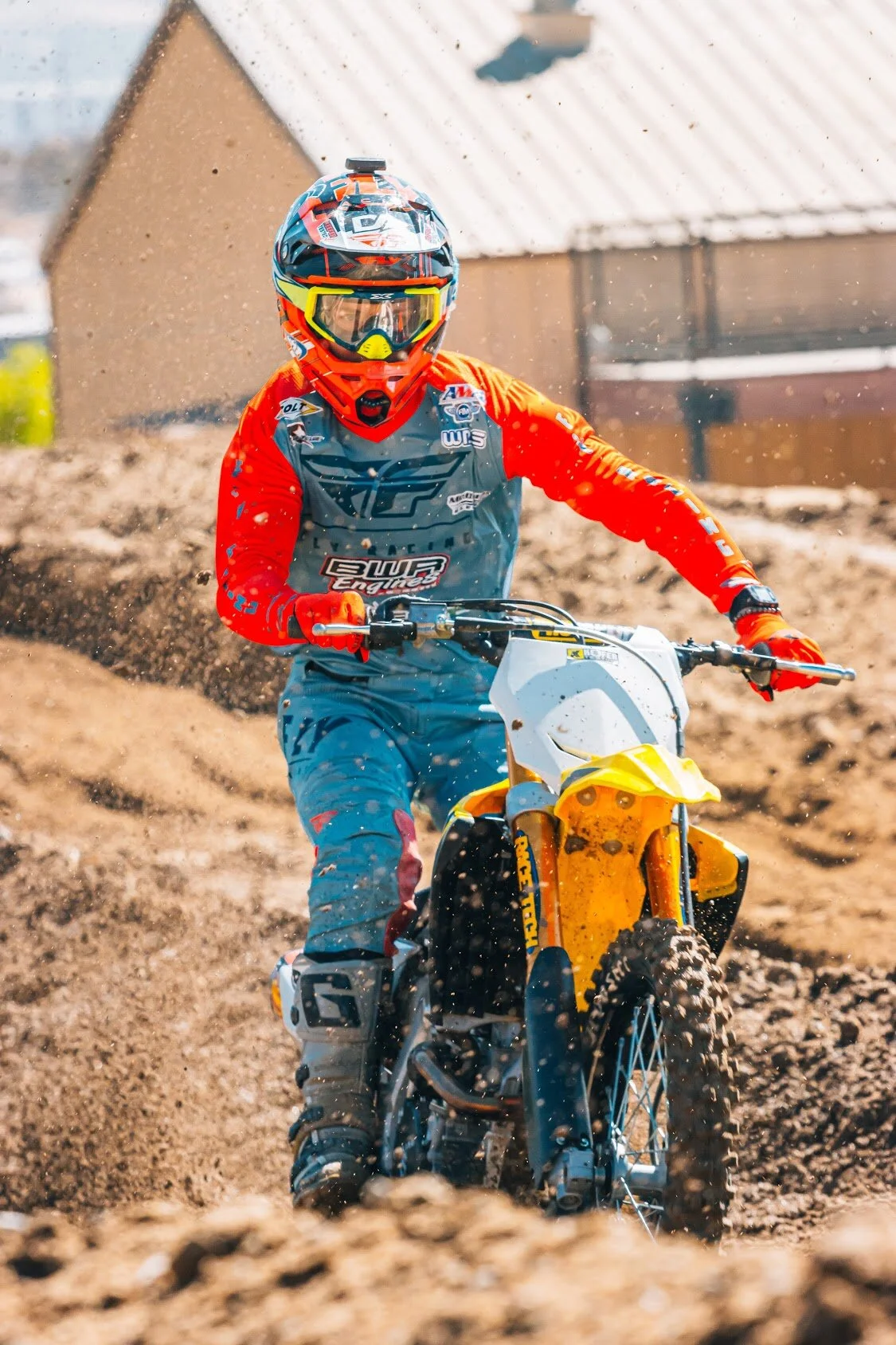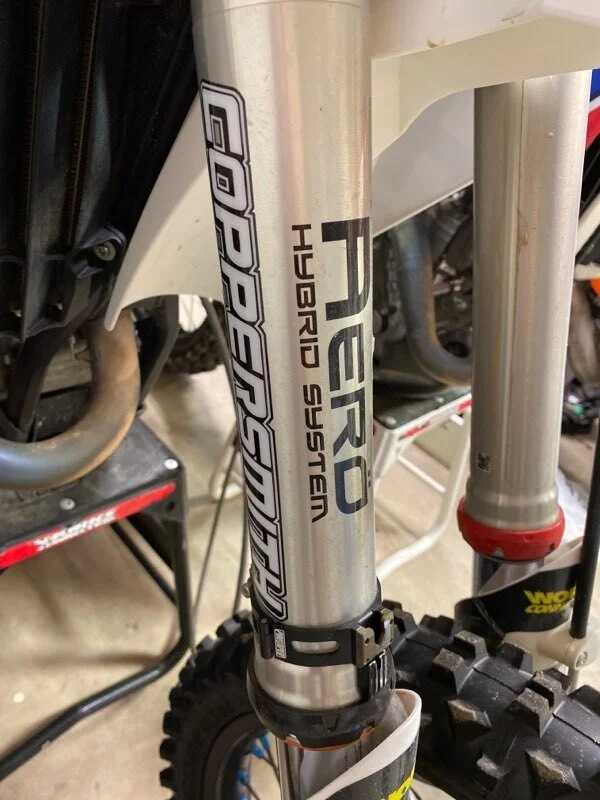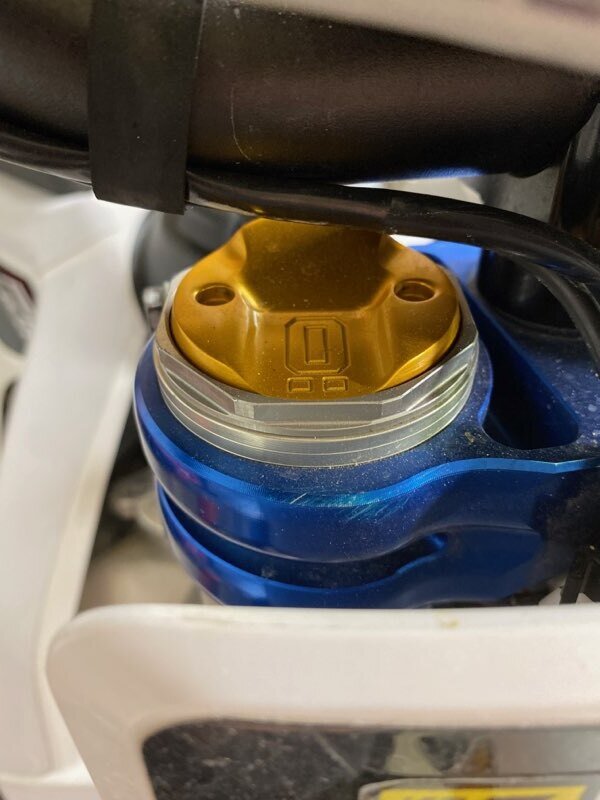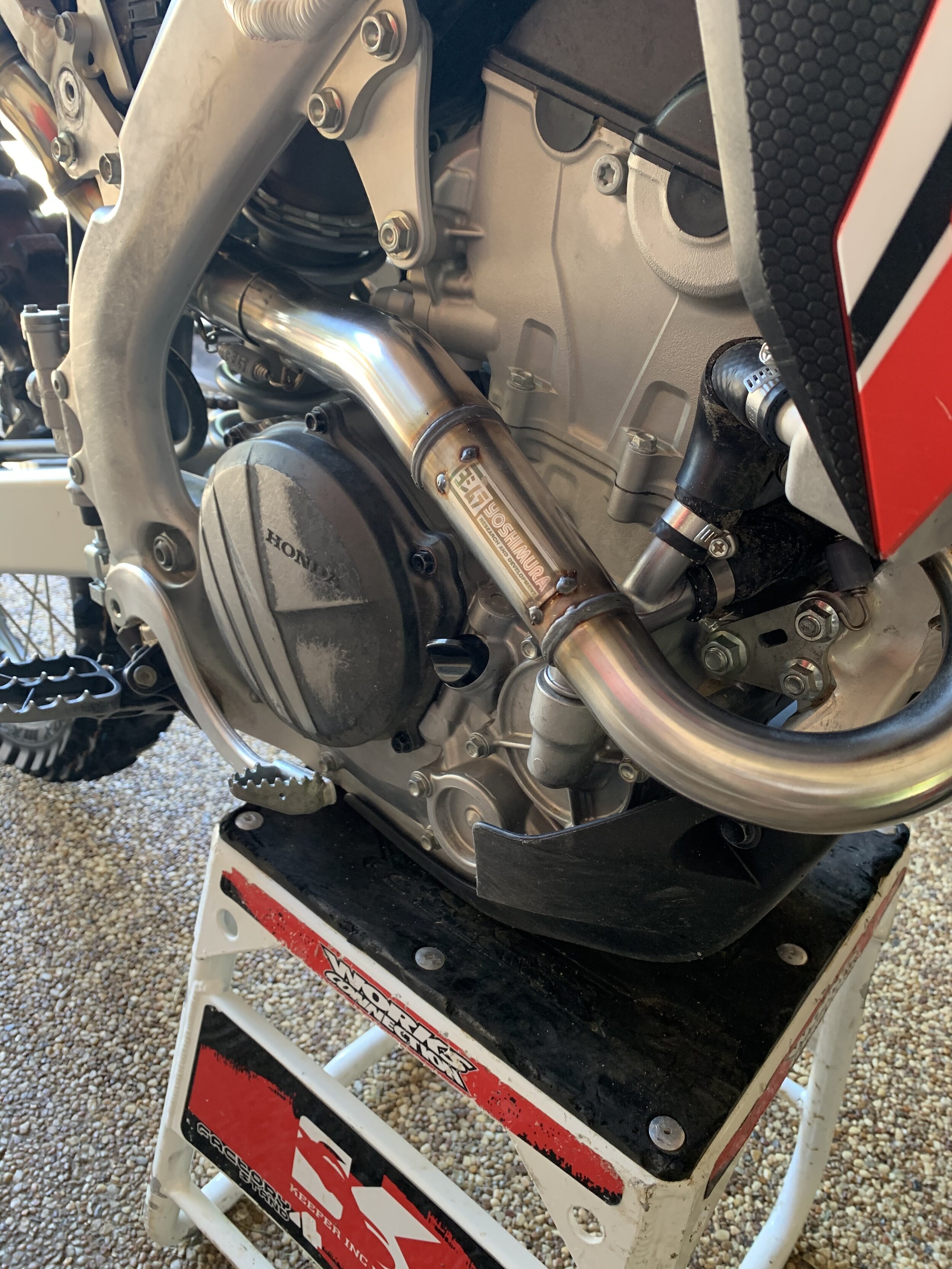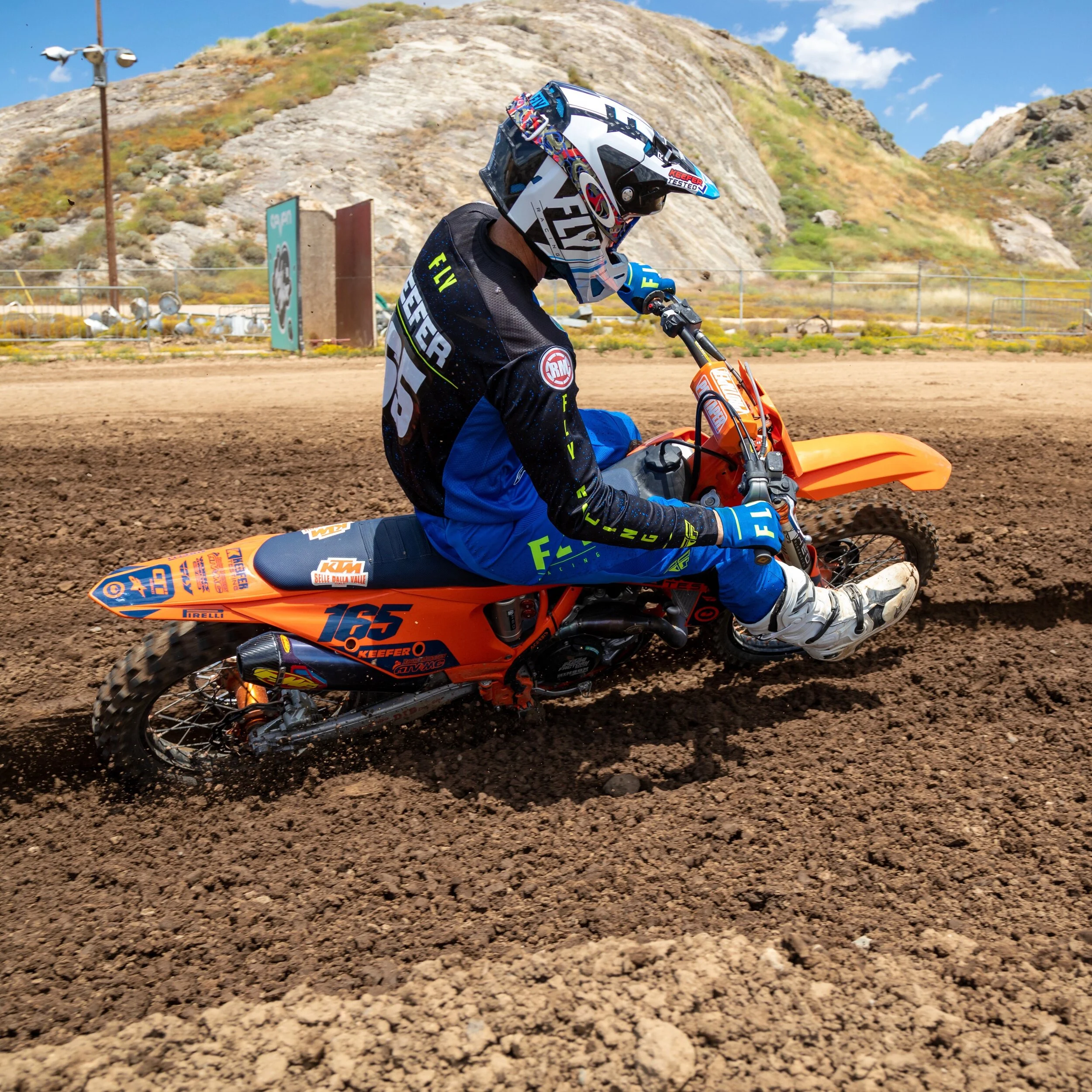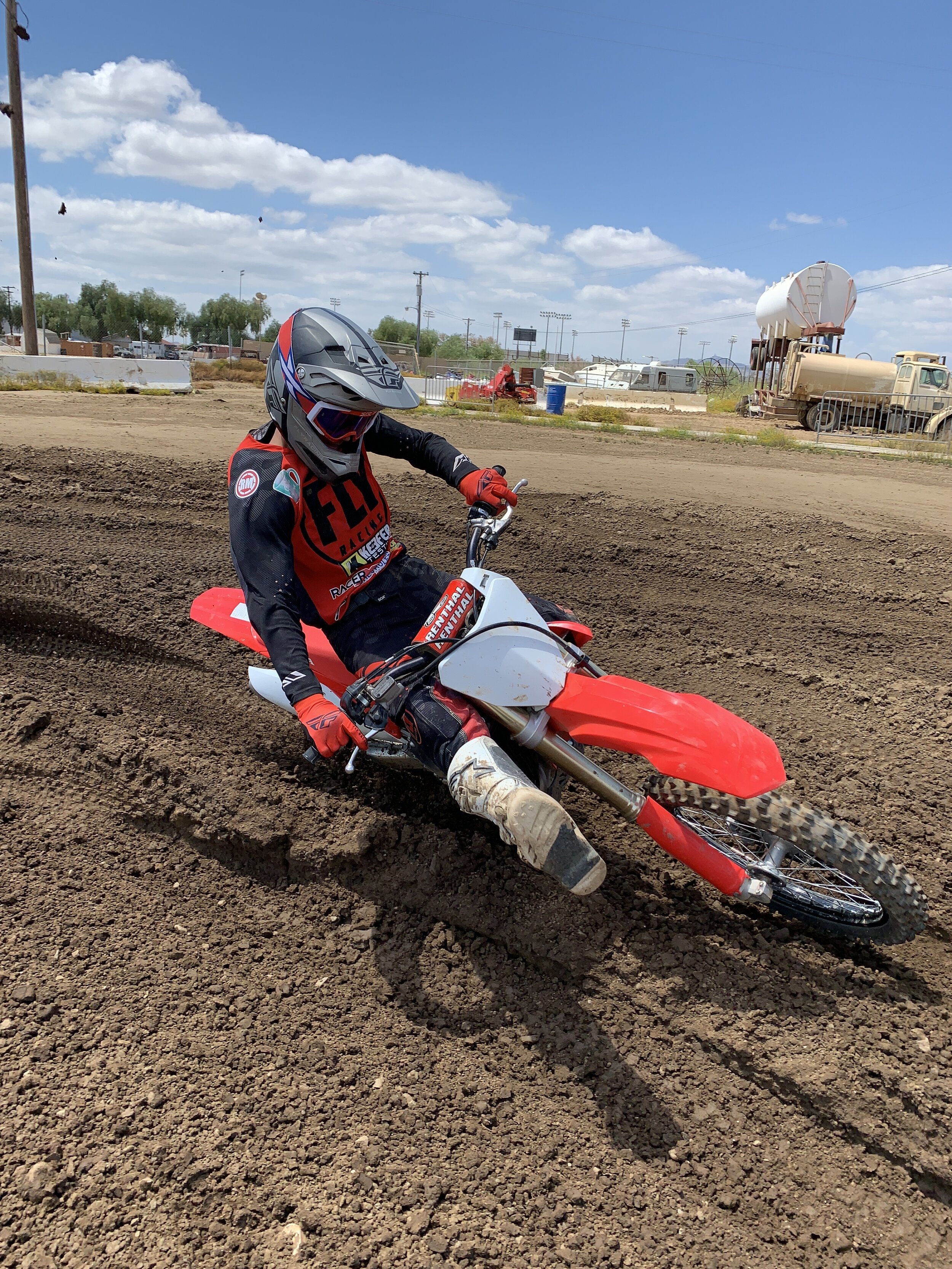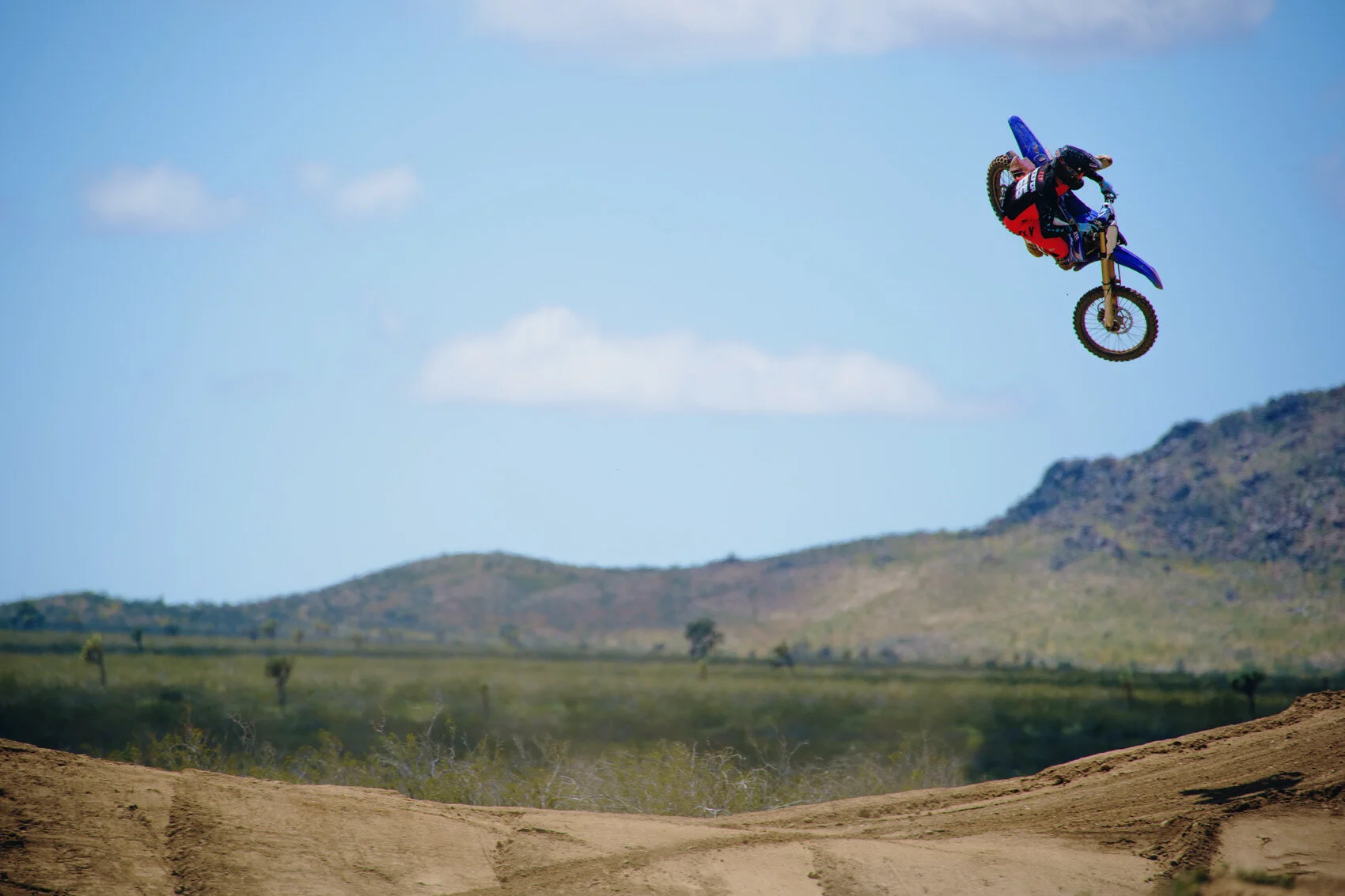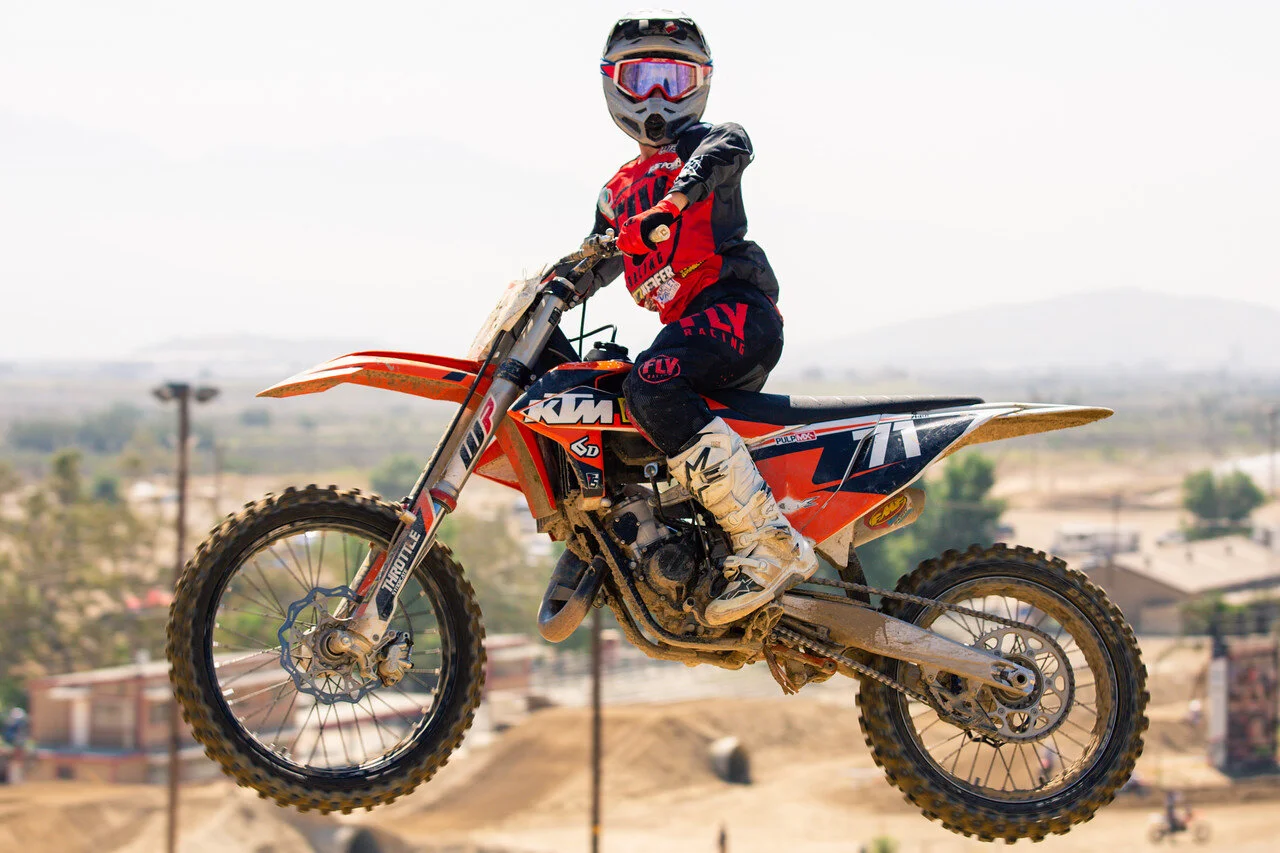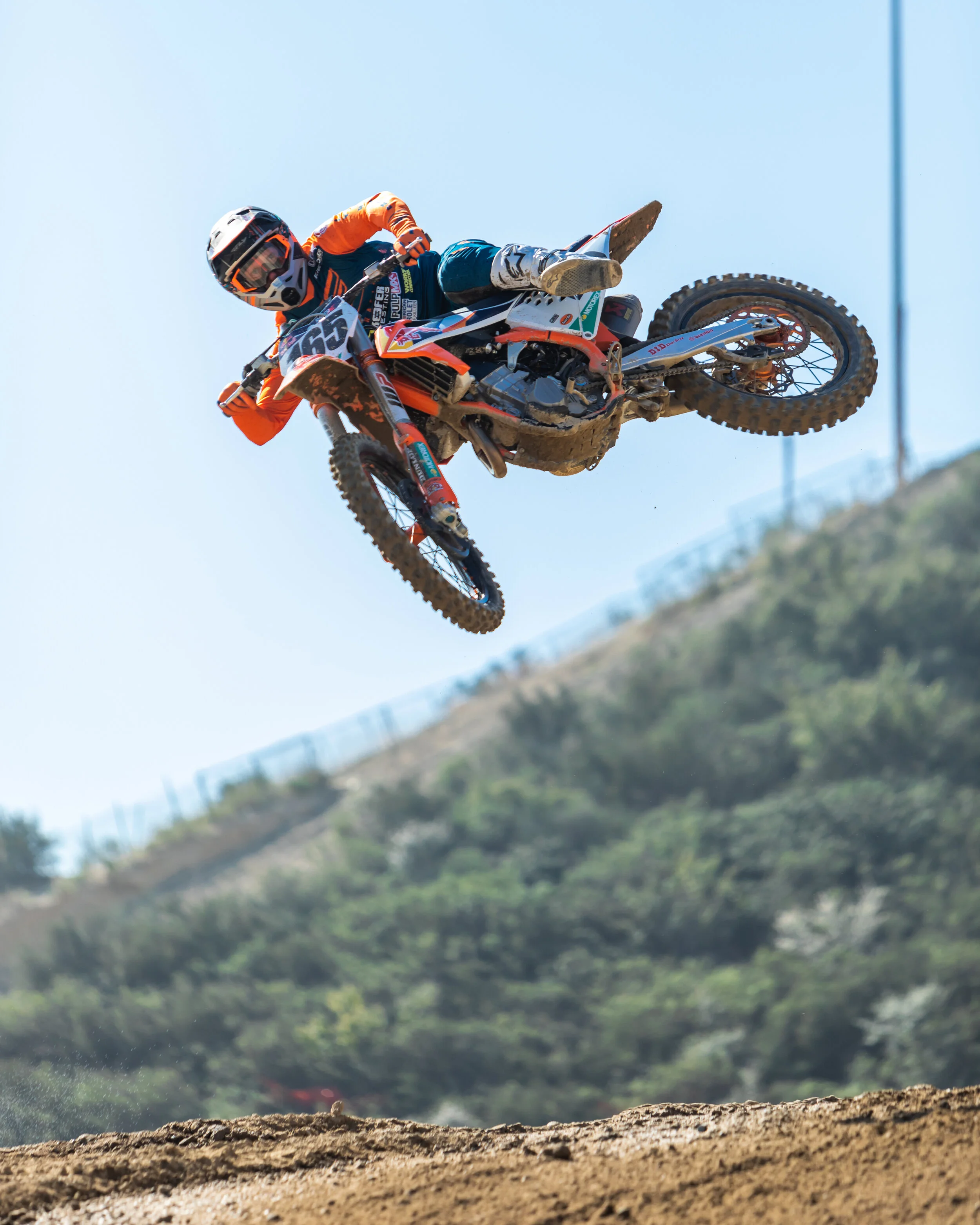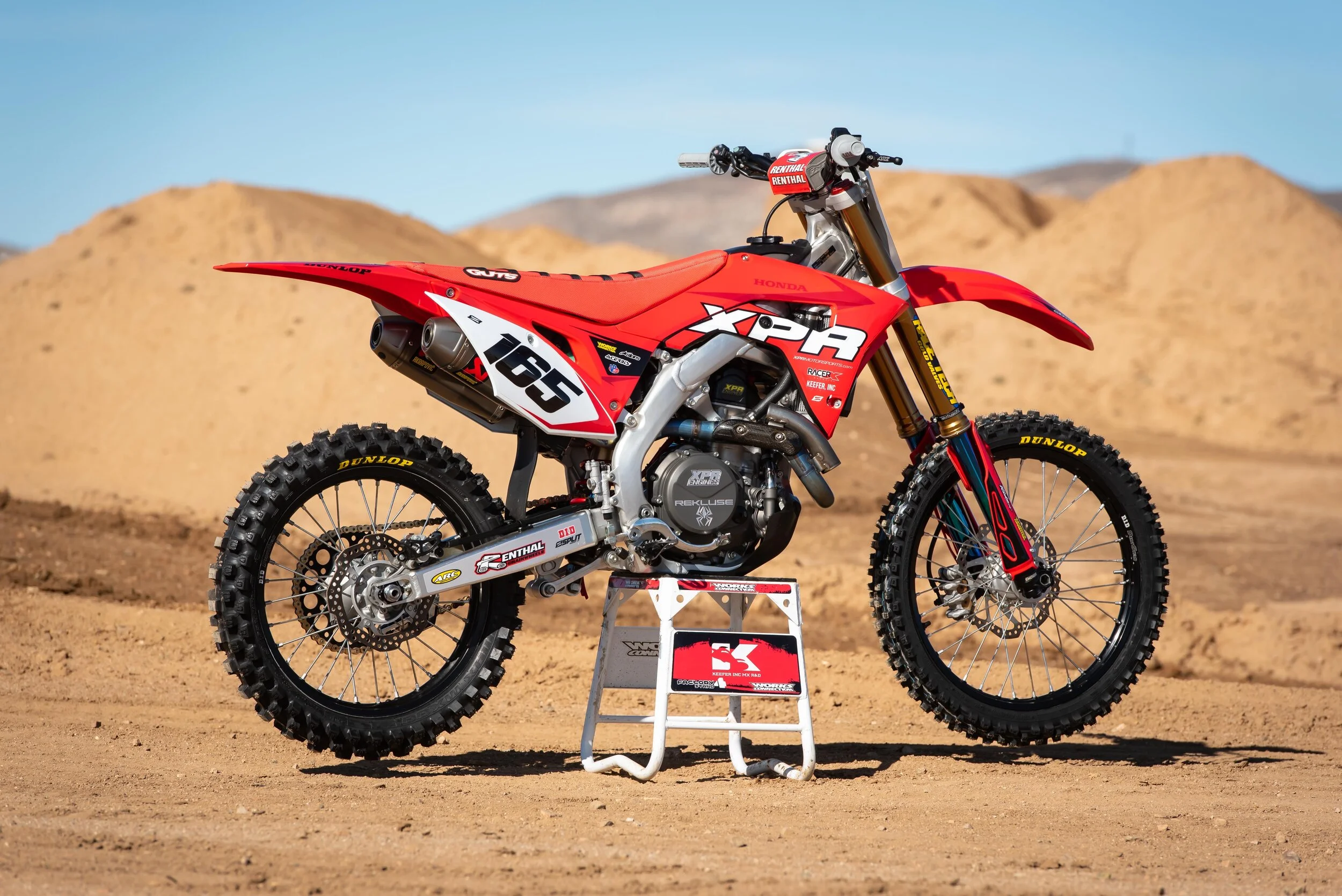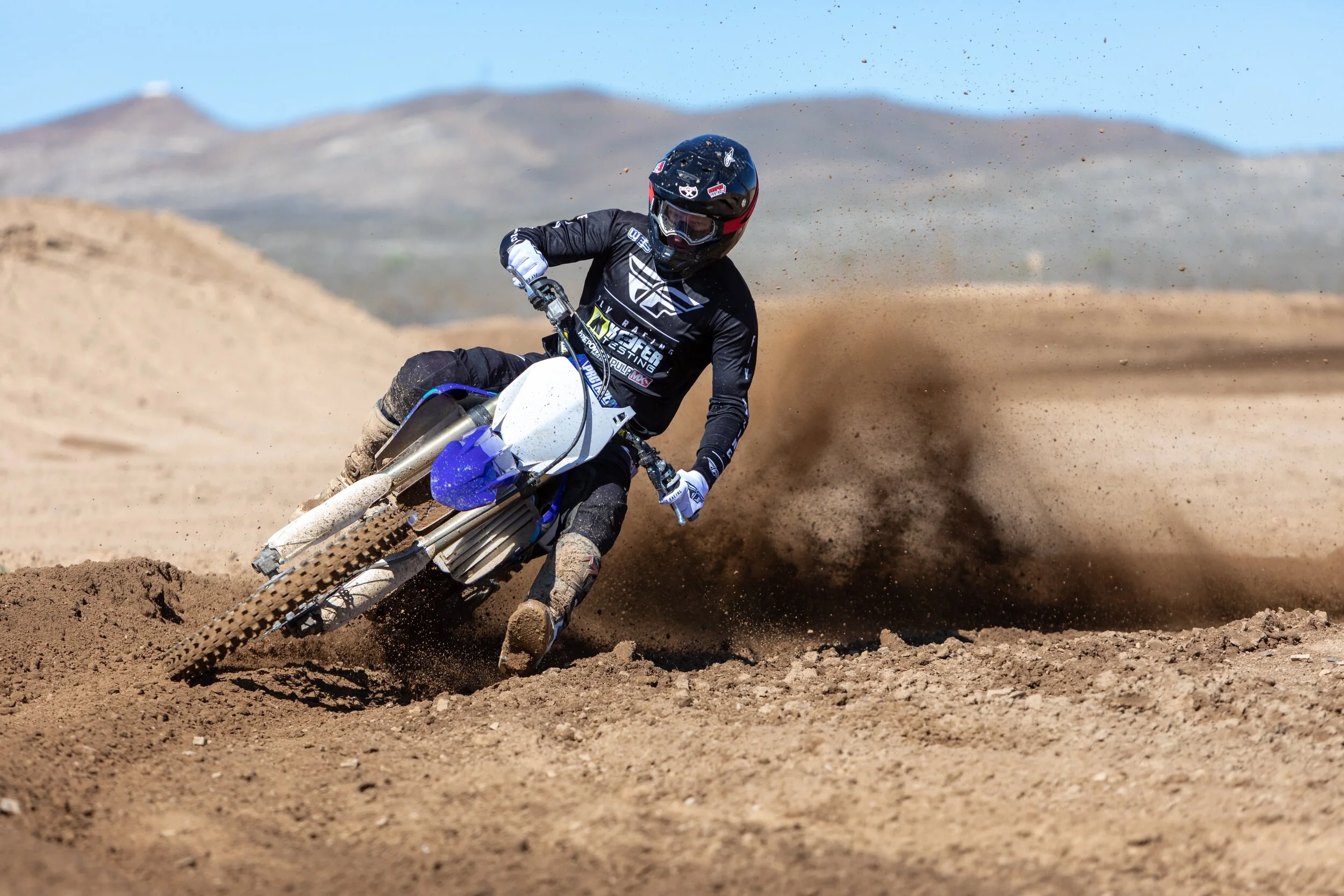Looking for more throttle response as well as increased pulling power out of corners on your KTM 450SX-F? Although I love that smooth engine character on the KTM, I could stand to get a little more throttle response and excitement from the orange machine as well. Jamie from Twisted Development and I went through several of his performance exhaust flanges on our 2021 KTM 450 SX-F and found one size that really helped the low end response.
We weeded through three different versions of the flanges to see if any were better than stock.
The Twisted Development exhaust flanges are shaped differently than the stock OEM flange, which can change the engine character of the KTM 450 SX-F. I went through several during testing and found out a size/shape that can actually enhance the low to mid range power character. Compared to the stock piece the TD Performance flange will give you better throttle response through area 2-3 (mid to exit) of corners. Another advantage to me is that the TD flange helps pulling power out of corners as well and helps third gear lugability. The TD flange just helps the RPM’s pick up quicker, which in turn makes the KTM feel lighter when the track gets bumpy. There is no need to remap your ECU and it takes minutes to install.
The TD flange works with the stock headpipe/muffler system or any aftermarket system. I tried it on a stock muffler system as well as a full FMF system and with both, the TD flange helped in aforementioned areas. For $200.00 bucks, to me, it’s a great way to get a little more snap out of your KTM 450 SX-F.
Right now Twisted Development is only going to make a handful of these for the first run, so if you’re interested, you might want to call him at 951 698 7222. If you have any questions about this part you can email me at kris@keeferinctesting.com and I am happy to help.


